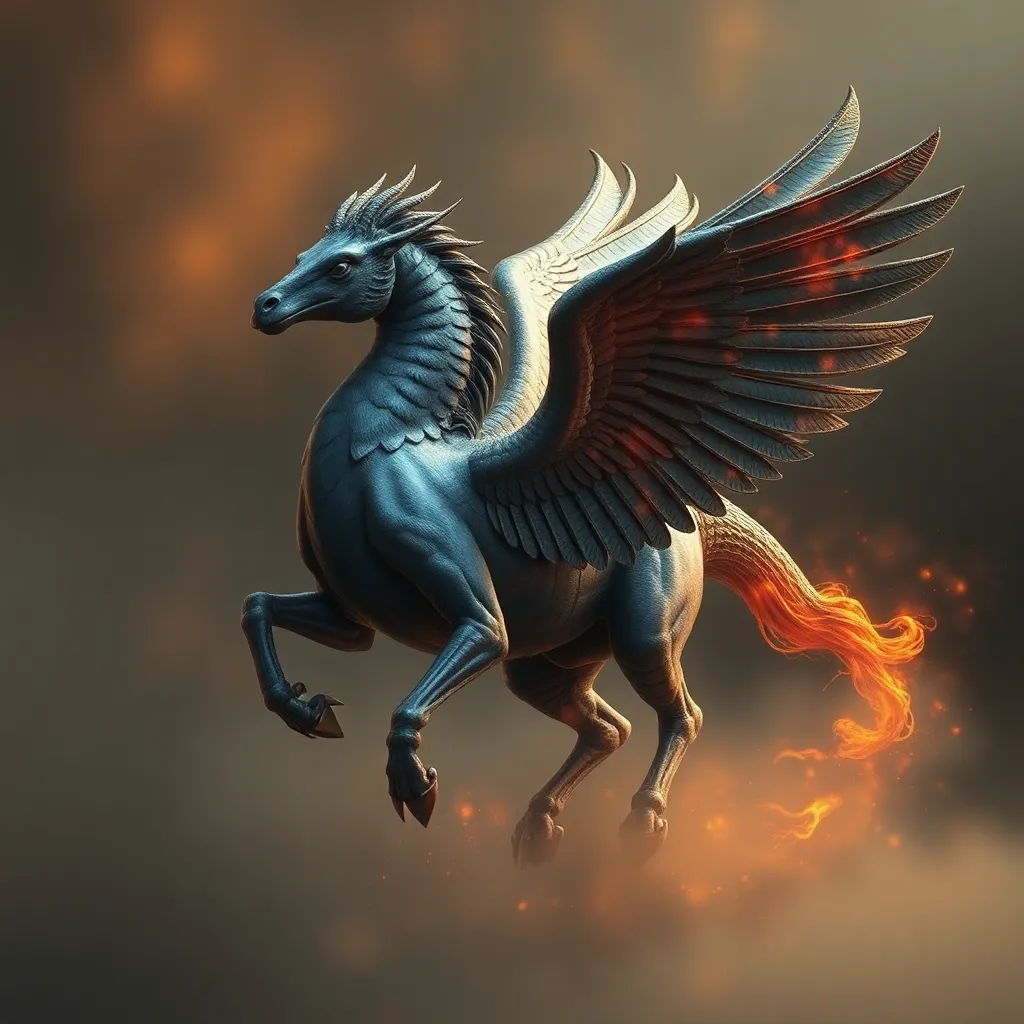Understanding Mayan Mythology: A Brief Introduction
The ancient Maya civilization flourished in Mesoamerica for centuries, leaving behind a rich legacy of art, architecture, and mythology. Their complex belief system was deeply intertwined with their understanding of the cosmos, the natural world, and the human experience. Mayan mythology offered explanations for the origins of the universe, the cycles of life and death, and the interconnectedness of all things.
This intricate tapestry of myths was passed down through oral tradition and vividly depicted in their impressive sculptures, murals, and codices. Key figures in Mayan mythology include the Hero Twins, Hunahpu and Xbalanque, who journeyed through the underworld to defeat the Lords of Xibalba; the Maize God, who brought sustenance to humanity; and the feathered serpent deity, Kukulkan, associated with knowledge, creation, and the wind.
The Allure of Mayan Mythology: Why Does it Endure?
The enduring appeal of Mayan mythology lies in its captivating narratives, profound symbolism, and timeless themes that resonate with audiences today. The stories of heroic quests, epic battles, and supernatural beings offer a window into the ancient Maya worldview, revealing their values, beliefs, and aspirations.
Beyond its entertainment value, Mayan mythology provides valuable insights into the Maya understanding of astronomy, mathematics, and the natural world. Their sophisticated calendar system, intricate knowledge of celestial bodies, and deep reverence for nature continue to inspire awe and appreciation. Moreover, the myths explore universal human experiences such as love, loss, fear, and courage, making them relatable and relevant across cultures and time.
Mayan Myths in Contemporary Literature: Exploring Modern Interpretations
The influence of Mayan mythology extends far beyond the boundaries of ancient Mesoamerica, finding new life in contemporary literature. Authors have drawn inspiration from the rich tapestry of Mayan myths, reinterpreting and reimagining them for modern audiences.
Prominent examples include Rick Riordan's "The Demigod Files" series, featuring the demigod Percy Jackson's encounter with the Mayan god of death, Yum Kimil; and Daniel Chacón's "The Jaguar's Children," a coming-of-age story set against the backdrop of the ancient Mayan city of Tikal. These works not only entertain but also educate readers about Mayan culture and mythology.
Cinematic Adaptations: Bringing Mayan Myths to Life on Screen
The captivating stories and stunning visuals of Mayan mythology have naturally captivated the attention of filmmakers, resulting in a number of cinematic adaptations. One notable example is Mel Gibson's 2006 film "Apocalypto," which depicts the tumultuous final days of the Mayan civilization, drawing heavily on Mayan mythology and imagery.
Similarly, the animated film "The Road to El Dorado" features a fictionalized account of the Spanish conquistadors' arrival in Mesoamerica, incorporating elements of Mayan mythology and lore. While these adaptations may take creative liberties, they contribute to raising awareness and appreciation for Mayan culture among a broader audience.
From Video Games to Graphic Novels: Exploring Interactive Storytelling
The captivating world of Mayan mythology has also found fertile ground in interactive storytelling formats, such as video games and graphic novels. These mediums offer immersive experiences that allow audiences to actively engage with the myths and legends of the ancient Maya.
One notable example is the video game "Uncharted: Golden Abyss," which follows the protagonist, Nathan Drake, on a treasure hunt through the ruins of a lost Mayan city. This game incorporates elements of Mayan mythology and history, providing players with a thrilling adventure while also educating them about this fascinating civilization.
Similarly, graphic novels such as "Mayan Myths: The Popol Vuh" by George Evans and "The Book of Life" by Jorge R. Gutierrez, present visually stunning and emotionally engaging retellings of classic Mayan myths. These works offer a unique perspective on the stories, allowing readers to connect with the characters and themes on a deeper level.
Analyzing the Impact of Mayan Mythology in Pop Culture
The growing presence of Mayan mythology in contemporary pop culture has had a significant impact on audiences worldwide. It has raised awareness and appreciation for the rich cultural heritage of the ancient Maya, inspiring curiosity and understanding of their unique worldview and beliefs.
Moreover, the reinterpretation of Mayan myths in modern contexts has sparked discussions about cultural appropriation and the importance of respecting the origins and traditions of these stories. This critical analysis has led to a more nuanced understanding of the role of mythology in contemporary society and the need for responsible representation.
Examining Cultural Appropriation: A Critical Perspective
While the growing interest in Mayan mythology is generally positive, it is important to acknowledge and address the concerns surrounding cultural appropriation. The appropriation of cultural elements without proper understanding or respect can lead to misrepresentation, trivialization, and exploitation.
It is crucial to engage with Mayan mythology in a way that honors its origins and traditions, giving credit to the ancient Maya people who created and preserved these stories. Collaborations with Maya communities and scholars can ensure that these myths are presented accurately and respectfully.
Modern Symbolism and Reinterpretations: How Myths Evolve
The presence of Mayan mythology in contemporary pop culture demonstrates the enduring relevance and adaptability of these ancient stories. Artists, writers, and filmmakers continue to find inspiration in these myths, reinterpreting them in modern contexts and exploring their timeless themes.
These reinterpretations provide fresh perspectives on the myths, allowing them to resonate with new audiences and sparking new conversations about their meaning and significance. The evolution of Mayan mythology in contemporary culture reflects the dynamic nature of storytelling and the ability of myths to transcend time and space.
The Future of Mayan Mythology in Pop Culture: New Frontiers and Possibilities
The future of Mayan mythology in pop culture is filled with exciting possibilities. With the growing accessibility of information and the increasing interest in diverse cultures, we can expect to see even more creative expressions inspired by these ancient stories.
Emerging technologies such as virtual reality and augmented reality offer new opportunities for immersive storytelling, allowing audiences to experience Mayan myths in interactive and engaging ways. Additionally, the increasing collaboration between artists, scholars, and indigenous communities promises to foster a deeper understanding and appreciation for Mayan culture and mythology.
Conclusion: The Enduring Legacy of Mayan Mythology
The enduring legacy of Mayan mythology in contemporary pop culture is a testament to the power of storytelling to connect us across time and cultures. These ancient stories continue to inspire, entertain, and challenge us, offering valuable insights into the human experience and the enduring power of imagination.
As we continue to explore and reinterpret Mayan mythology, we gain a deeper understanding of the ancient Maya people and their rich cultural heritage. This ongoing engagement ensures that these captivating stories will continue to resonate with audiences for generations to come.
Frequently Asked Questions (FAQs)
What are some of the most famous Mayan myths?
Some of the most famous Mayan myths include the Popol Vuh, the story of the creation of the world and the adventures of the Hero Twins; the myth of Hunahpu and Xbalanque, who journeyed through the underworld to defeat the Lords of Xibalba; and the legend of Kukulkan, the feathered serpent deity.
How did the Maya record their myths?
The Maya recorded their myths in various ways, including oral tradition, codices (painted books), and carvings on monuments and temples. The Dresden Codex, the Madrid Codex, and the Paris Codex are among the most important surviving Maya codices that contain mythological stories.
What are some of the challenges of studying Mayan mythology?
One of the challenges of studying Mayan mythology is that much of it was lost during the Spanish conquest. However, scholars are working to piece together the remaining fragments of Mayan myths from various sources, including codices, archaeological evidence, and oral traditions.
How can I learn more about Mayan mythology?
There are many resources available for learning more about Mayan mythology. You can read books and articles on the subject, visit museums with Mayan artifacts, or even travel to Mayan archaeological sites. You can also find online resources, such as websites and podcasts, that discuss Mayan mythology.


